Get Started for FREE
Sign up with Facebook Sign up with X
I don't have a Facebook or a X account

 Your new post is loading... Your new post is loading...
 Your new post is loading... Your new post is loading...

Kevin Cournoyer's curator insight,
April 8, 2015 1:33 PM
Wow. As a history major, I found this map timeline really interesting and really cool. It's a great example of how even though the physical geography of a place can remain the same, its political and economic geography can change so rapidly (or not so rapidly). It was especially interesting to see the brief stints that entities such as the Republic of the Rio Grande or the Confederate States of America did in the dividing up of North America over the last two and a half centuries. For someone who knows nothing about U.S. history, those blips on the radar beg the question, "what happened there?" How can a political entity encompass a geographic region and then disappear just as quickly?
And that ties into what I think this map is really about: colonialism. This map says a great deal about how European (or Western) empires carved up the New World and what some of their political or economic goals were in the times that the map shows. It's also important to note the title of the map: "Non-Native American Nations Control over North America". So as we see the map changing to show European or United States expansion, what we DON'T see is the gradual loss of land experienced by the various Native American tribes that inhabited the continent long before Europeans ever laid eyes on it. This map, therefore, highlights how political and economic geography can change so drastically when groups with a lot of economic, political, and military power are at odds with groups who are severely disadvantaged in these areas.
Mark Hathaway's curator insight,
September 17, 2015 9:00 AM
This map is an excellent resource in show the evolution of colonial claims to North America.. It is fascinating to watch all the political changes that have occurred on the continent in over the past 500 years. The biggest change is the evolutions of the United Sates from a small city state like nation to an empire on both the Atlantic and Pacific oceans. This is also an extremely sad story to be told from this map. The loss and destruction of Native Americans is next to slavery is the greatest sin of America. This map tells the complex story of our Continent.

Kevin Cournoyer's curator insight,
May 6, 2015 7:07 PM
This was an interesting article to read, because it deals with a topic that I know almost nothing about. While I am, of course, familiar with the larger idea of xenophobia, I did not know that it is such a persistent and violent problem in South Africa. It seems that citizens of South Africa are concerned about their jobs being taken by immigrants and local businesses being undermined by foreign owned businesses. Immigrants have also been blamed for increased crime and poverty rates.
This article just goes to show that regardless of time or geographic location, xenophobia will always exist and for the same reasons. Most Americans will remember how hot button an issue immigration was in the early 2000s. U.S. citizens were concerned that immigrants from Mexico and South and Central America were flooding into the country in alarmingly high numbers and were poised to take jobs away from Americans. This atmosphere seems to be echoed in South Africa and the attacks that have occurred there as a result of xenophobia. This is especially significant in a country where xenophobic tensions have shaped politics and social relations for so long. Unfortunately, South Africa just seems to be yet another link in the continuing trend of xenophobia that continues to occur across the globe.
Benjamin Jackson's curator insight,
December 13, 2015 5:30 PM
South Africa has always had major issues with race and ethnicity, especially in recent years. this has continued to get worse and worse, and it must be hoped that eventually the situation will be sorted out. 
Zavier Lineberger's curator insight,
April 1, 2018 3:25 PM
(Africa) South Africa has been prone to sporadic spurts of violence against foreigners resulting in looting and murders. Like other countries, poor areas of South Africans blame immigrants for crime and unemployment - which is now at 26.6%. Undocumented immigrants make up an estimated 4% of the population, attracted because of its modernity and stability. The government of South Africa is strictly against these xenophobic mobs, with hundreds of arrests and condemnation by the president. These attacks are light compared to violence in other parts of the continent, but it is disheartening to see South Africa's continued close connection to discrimination.

Mark Stoller's comment,
May 7, 2015 8:49 PM
It was very interesting to me to find out that a high percentage of racism was found in the northeast portion of the United States. However I don’t know how believable this survey was basing things off Google searches, meaning I think there are a lot of racist’s that don’t search the N-word skewing the data.
|

Maricarmen Husson's curator insight,
April 17, 2015 7:37 PM
A 100 AÑOS DEL GENOCIDIO ARMENIO Cada año el 24 de abril, día de la conmemoración del Genocidio, nosotros los armenios recordamos la injusticia de un crimen que rara vez se reconoció y a menudo negó rotundamente. Era el 24 de abril de 1915, cuando los intelectuales armenios, profesionales, editores y líderes religiosos de Constantinopla fueron detenidos por las autoridades otomanas - y casi todos ellos ejecutados. Durante la Primera Guerra Mundial, el Imperio Otomano mató a tres de cada cuatro de sus ciudadanos armenios. La mayoría de los armenios vivos hoy son descendientes de los pocos sobrevivientes ". 
Kristin Mandsager San Bento's curator insight,
May 1, 2015 4:17 PM
I have to be honest, I never knew we had a Genocide Remembrance Day. As I get older, there seems to be a day for everything. This is a horrific act. Unfortunately, as we've seen historically many countries have tried this. There is never a good outcome. It's atrocious that we could ever standby and not do something. 
Eden Eaves's curator insight,
May 24, 2015 6:24 PM
Unit 3 For most of the world, the Armenian Genocide is the slaughter we know almost nothing about. But every year on April 24,Genocide Remembrance Day, Armenians all over the world remember the injustice of a crime that is rarely acknowledged and often flatly denied. It was April 24, 1915, when the Armenian intellectuals, professionals, editors and religious leaders in Constantinople were rounded up by the Ottoman authorities — and almost all of them executed. During World War I, the Ottoman Empire killed three of every four of its Armenian citizens. The majority of Armenians alive today are descendants of the few survivors

Padriag John-David Mahoney's curator insight,
April 28, 2015 6:18 PM
I have often thought about this. The Armenian genocide was the first genocide of the 20th century, but was largely forgotten. Very few- VERY FEW- American students learn about it before college or high school. What do we learn about? The only genocide I remember being taught in school was the Holocaust- the Jewish Genocide at the hands of Nazi Germany. But there was also the genocide and apartheid in Rwanda and the Khmer Rouge in Cambodia. My father taught me all about all of these genocides. There is a statue outside Auschwitz concentration camp with the inscription "Never Again". But what have the many organizations done to prevent or reveal such atrocities? I don't see the Shoah foundation standing up for the Armenians now, or the victims of the Cambodian or Rwandan genocides. I believe the inscription on that statue truly means ''Never again.........to the Jews''
|





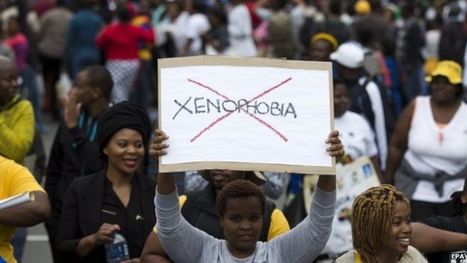

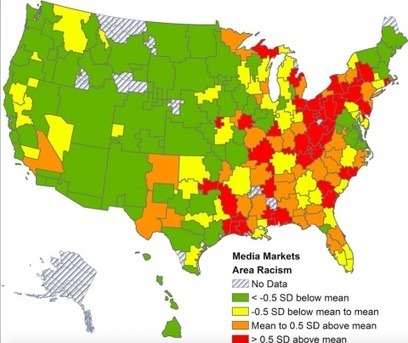
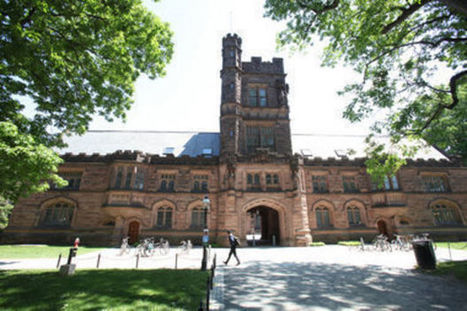
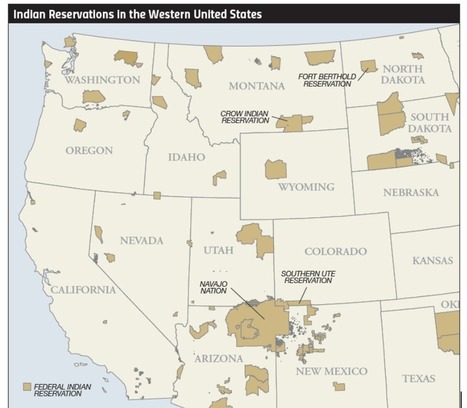




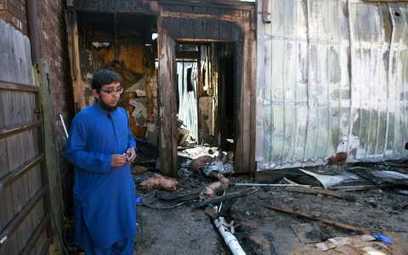
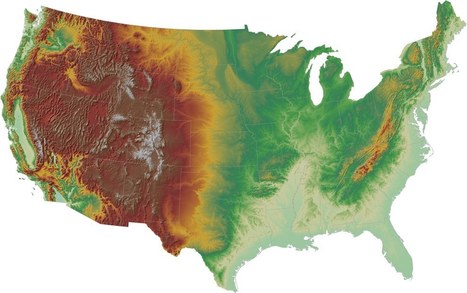
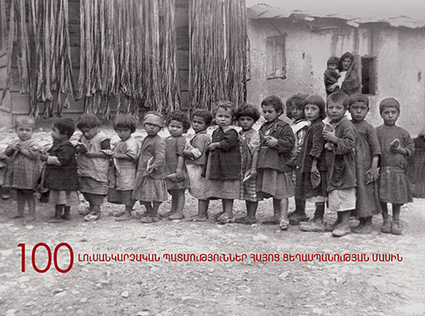
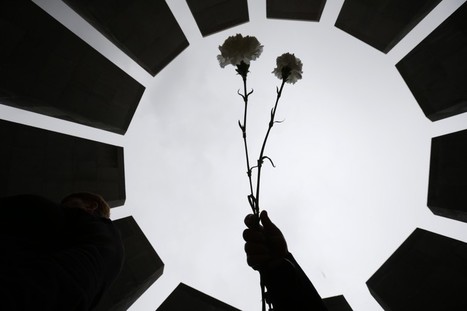

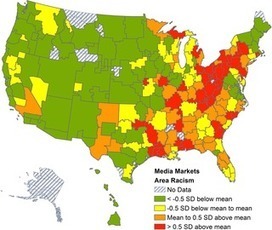



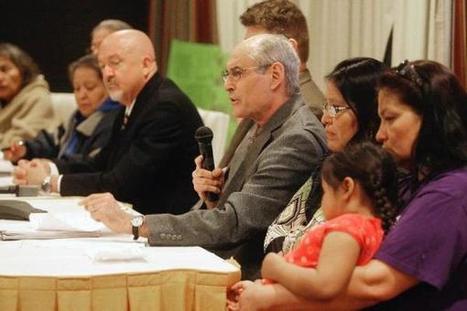
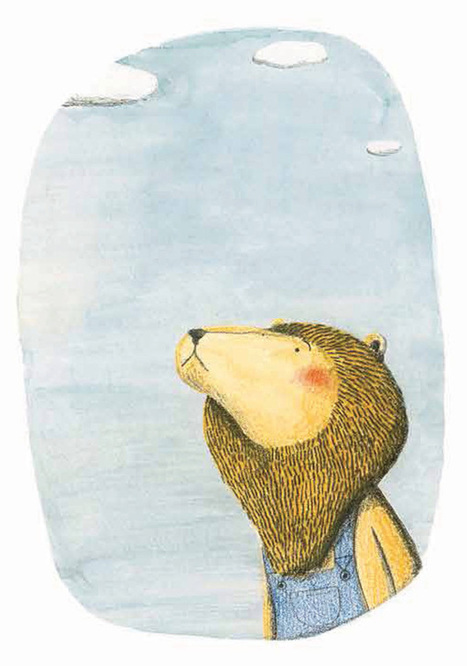
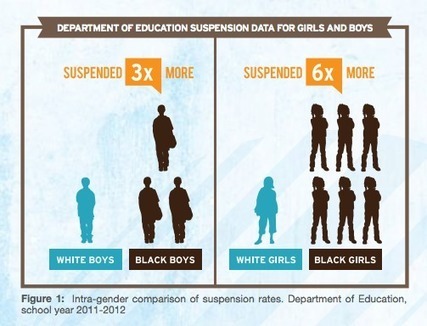






566 federally "recognized" tribes for funding and services from the Bureau of Indian Affairs as of Jan 29, 2014. Note Wiyot tribe of Eureka, CA.